Generating an electric current is the first step of a solar panel working, but the process doesn’t end there. Here’s how solar arrays create a usable electricity system for your home:
Solar Power
Solar power converts energy from the Sun into electrical energy. One way to do this is with photovoltaic materials. These can be used to create an electric current when they’re exposed to light. This is called the photovoltaic effect. Photovoltaic cells or solar cells can do this. Manufacturers often put lots of solar cells together to make solar panels.
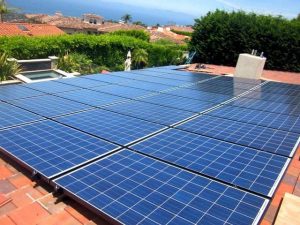
A solar panel is made of solar cells sandwiched between layers of clear adhesive film. In front of this is a layer of glass held by a frame. Behind is a layer of aluminum called the backsheet which can conduct electricity. The electricity generated by the solar cells leaves the solar panel at the junction box.
How do solar panels work to generate electricity in kenya?
Generating an electric current is the first step of a solar panel working, but the process doesn’t end there. Here’s how solar arrays create a usable electricity system for your home:
1. Photovoltaic cells absorb the sun’s energy and convert it to DC electricity
As explained above, the solar cells that make up each solar panel do the heavy lifting when it comes to actually generating electricity. Through the photovoltaic effect, your solar panels produce an electrical current.
2. Solar inverters convert DC electricity from your solar modules to AC electricity, which is used by most home appliances
DC power is converted to AC power when it passes through your solar inverter (or inverters, if you’re using a microinverter system). Inverters can also be equipped with transformers that regulate the voltage of DC and AC currents.
3. Electricity flows through your home, powering electronic devices
Solar inverters transfer the converted AC energy to your home’s electrical panel. From there, electricity is dispersed through your house to all of your outlets, so that when your devices need to be plugged in, there is a usable electric current available.
4. Excess electricity produced by solar panels is fed to the electric grid
If you have a grid-tied solar energy system, electricity can run both to and from the power grid, and excess energy produced by your panels can actually make you money. Through a policy known as net metering, you receive credits from the power grid when you send electricity back to it, which makes your overall cost of electricity even cheaper.
How Do Solar Panels Work?
When photons hit a solar cell, they knock electrons loose from their atoms. If conductors are attached to the positive and negative sides of a cell, it forms an electrical circuit. When electrons flow through such a circuit, they generate electricity. Multiple cells make up a solar panel, and multiple panels (modules) can be wired together to form a solar array. The more panels you can deploy, the more energy you can expect to generate.
What are Solar Panels Made of?
Photovoltaic (PV) solar panels are made up of many solar cells in various types of glass packaging. Solar cells are made of silicon, like semiconductors. They are constructed with a positive layer and a negative layer, which together create an electric field, just like in a battery. SunPower solar panels are also encased with aerospace-grade conductive adhesives and proprietary encapsulants to protect these cells and minimize degradation from environmental exposure.
How Do Solar Panels Generate Electricity?
PV solar panels generate direct current (DC) electricity. With DC electricity, electrons flow in one direction around a circuit. This example shows a battery powering a light bulb. The electrons move from the negative side of the battery, through the lamp, and return to the positive side of the battery.
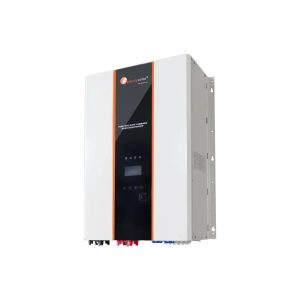
With AC (alternating current) electricity, electrons are pushed and pulled, periodically reversing direction, much like the cylinder of a car’s engine. Generators create AC electricity when a coil of wire is spun next to a magnet. Many different energy sources can “turn the handle” of this generator, such as gas or diesel fuel, hydroelectricity, nuclear, coal, wind, or solar.
AC electricity is used for the Australia electrical power grids that operate throughout the country and power thousands of homes. However, solar panels create DC electricity. How do we get DC electricity into the AC grid? We use an inverter
Our Products
1.6KW 12V Hybrid Inverter
Original price was: KSh 40,000.00.KSh 32,000.00Current price is: KSh 32,000.00.10.24KWH 48V Solar Lithium Battery Pack
Original price was: KSh 245,000.00.KSh 220,000.00Current price is: KSh 220,000.00.100Ah 12V Solar GEL Battery
Original price was: KSh 15,000.00.KSh 13,500.00Current price is: KSh 13,500.00.10KW Lithium Battery Solar Kit
Original price was: KSh 800,000.00.KSh 650,000.00Current price is: KSh 650,000.00.11KW 48V Hybrid Inverter
Original price was: KSh 150,000.00.KSh 120,000.00Current price is: KSh 120,000.00.120A MPPT Charge Controller
Original price was: KSh 37,000.00.KSh 34,999.00Current price is: KSh 34,999.00.15.36KWH 48V Solar Lithium Battery
Original price was: KSh 365,000.00.KSh 300,000.00Current price is: KSh 300,000.00.15KW Lithium Battery Solar Kit
Original price was: KSh 1,600,000.00.KSh 1,500,000.00Current price is: KSh 1,500,000.00.200Ah 12V Solar GEL Battery
Original price was: KSh 35,000.00.KSh 27,500.00Current price is: KSh 27,500.00.3.5KW 12V Gel Battery Solar Kit
Original price was: KSh 200,000.00.KSh 175,000.00Current price is: KSh 175,000.00.3.5KW 24V Hybrid Inverter
Original price was: KSh 60,000.00.KSh 44,000.00Current price is: KSh 44,000.00.30A MPPT Charge Controller
Original price was: KSh 13,000.00.KSh 10,000.00Current price is: KSh 10,000.00.45A MPPT Charge Controller
Original price was: KSh 15,000.00.KSh 13,800.00Current price is: KSh 13,800.00.4G Solar CCTV Camera with Street Light
Original price was: KSh 14,000.00.KSh 12,800.00Current price is: KSh 12,800.00.5.12kWh 24V Solar Lithium Battery
Original price was: KSh 135,000.00.KSh 122,000.00Current price is: KSh 122,000.00.5.12kWh 48V Solar Lithium Battery
Original price was: KSh 135,000.00.KSh 120,000.00Current price is: KSh 120,000.00.5.5KW 48V Hybrid Inverter
Original price was: KSh 70,000.00.KSh 52,000.00Current price is: KSh 52,000.00.5.5KW Lithium Battery Solar Kit for Sale in Nairobi – Moffam Electricals
Original price was: KSh 470,000.00.KSh 370,000.00Current price is: KSh 370,000.00.550W 50V Mono Half-Cut Solar Panel
Original price was: KSh 16,000.00.KSh 15,000.00Current price is: KSh 15,000.00.5KW 6000W 48V Lithium Battery Solar Kit
Original price was: KSh 380,000.00.KSh 345,000.00Current price is: KSh 345,000.00.60A MPPT Charge Controller
Original price was: KSh 25,000.00.KSh 22,000.00Current price is: KSh 22,000.00.6KW 48V Hybrid Inverter
Original price was: KSh 63,000.00.KSh 58,000.00Current price is: KSh 58,000.00.6KW 6000W 48V 10KWH Lithium Battery Solar Kit
Original price was: KSh 600,000.00.KSh 500,000.00Current price is: KSh 500,000.00.7.5KW 10000W 48V 10KWH Lithium Battery Solar Kit
Original price was: KSh 780,000.00.KSh 700,000.00Current price is: KSh 700,000.00.7.5KW 6000W 48V 10KWH Lithium Battery Solar Kit
Original price was: KSh 765,000.00.KSh 675,000.00Current price is: KSh 675,000.00.Low Frequency Inverter Charger 10KW 8000W 48V
Original price was: KSh 150,000.00.KSh 127,000.00Current price is: KSh 127,000.00.Low Frequency Inverter Charger 7.5KW 6000W 48V
Original price was: KSh 85,000.00.KSh 80,000.00Current price is: KSh 80,000.00.Orchid Solar Panel 300W, 47V Mono Whole Cell
Original price was: KSh 11,000.00.KSh 10,500.00Current price is: KSh 10,500.00.Orchid Solar Panel 450W 42V Monocrystalline
Original price was: KSh 11,000.00.KSh 10,500.00Current price is: KSh 10,500.00.Seven SS Star 150Ah 12V Solar GEL Battery
Original price was: KSh 26,000.00.KSh 21,500.00Current price is: KSh 21,500.00.Frequently Asked Questions (FAQ) – How Do Solar Panels Work to Generate Electricity in Kenya?
1. How do solar panels generate electricity in Kenya?
Solar panels generate electricity in Kenya by using photovoltaic (PV) cells that convert sunlight into direct current (DC) electricity. This DC power is then converted into alternating current (AC) through an inverter, making it usable for homes and businesses.
2. Do solar panels work on cloudy days in Kenya?
Yes. Even on cloudy days, solar panels in Kenya can still generate electricity, though at a reduced efficiency compared to bright sunny days.
3. Is solar energy reliable for homes and businesses in Kenya?
Absolutely. With Kenya’s abundant sunlight throughout the year, solar energy is one of the most reliable and cost-effective power solutions for both residential and commercial use.
4. How much electricity can a solar panel generate in Kenya?
The amount of electricity depends on the size of the solar panel, its efficiency, and the amount of sunlight received. On average, Kenya’s strong sunshine makes solar panels highly productive compared to many other countries.
5. What are the main components of a solar power system in Kenya?
A complete solar power system in Kenya includes solar panels, a charge controller, an inverter, and batteries (for storage). Together, these components ensure efficient power generation and supply.
6. Can solar panels reduce electricity bills in Kenya?
Yes. Installing solar panels helps you generate your own electricity, reducing reliance on the national grid and significantly lowering monthly electricity bills.
7. Do solar panels require a lot of maintenance in Kenya?
No. Solar panels are low-maintenance. Regular cleaning and occasional inspections by professionals ensure they work efficiently for many years.
8. How long do solar panels last in Kenya?
Solar panels typically last 25–30 years, making them a long-term investment for sustainable and affordable electricity in Kenya.

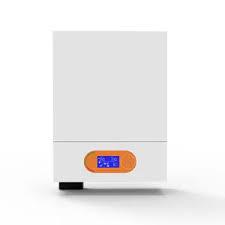
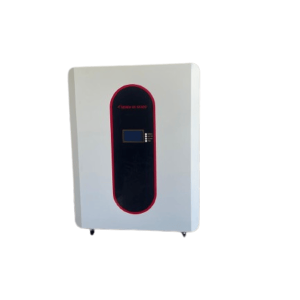
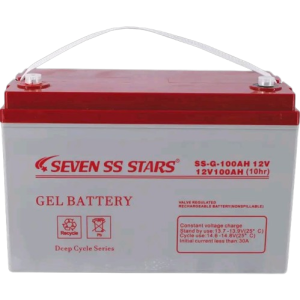
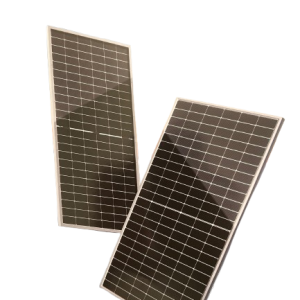
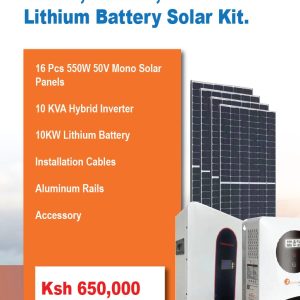
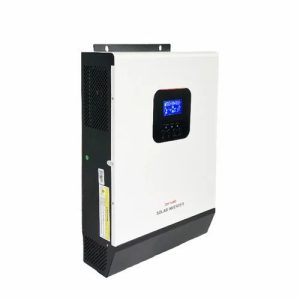
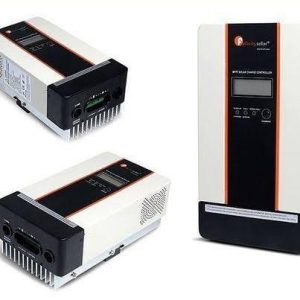
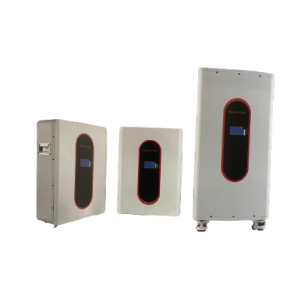
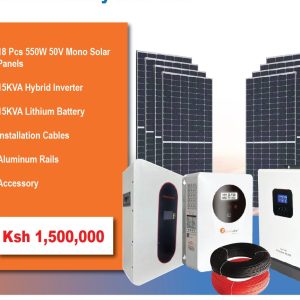
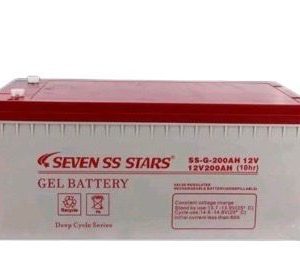
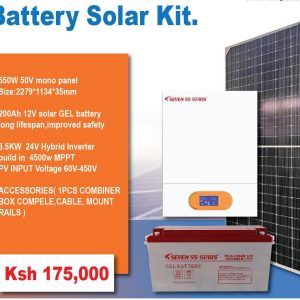
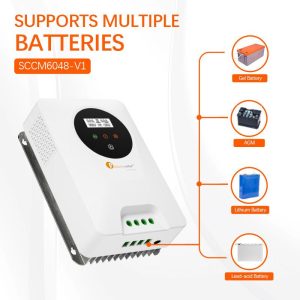
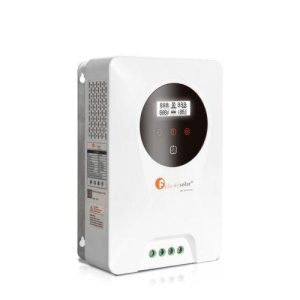
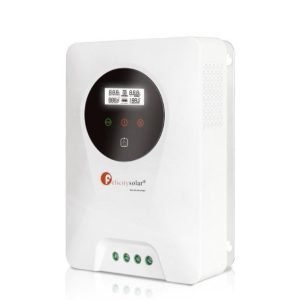
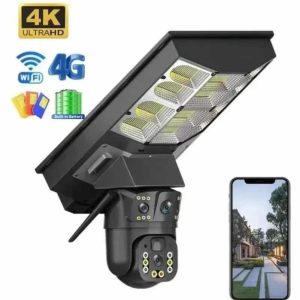
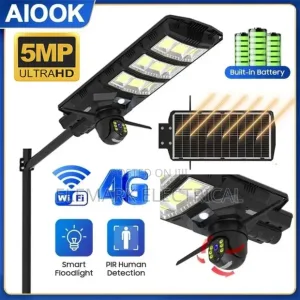
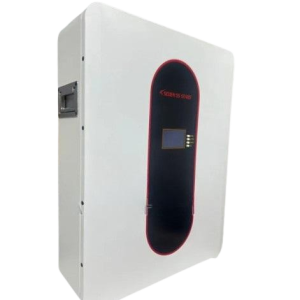
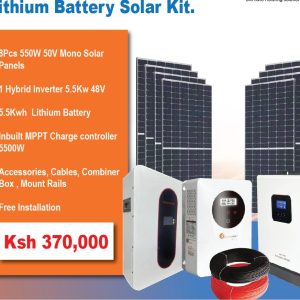
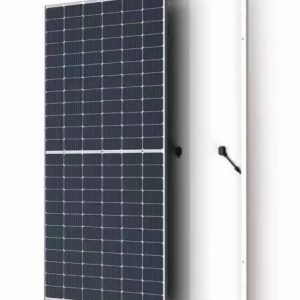
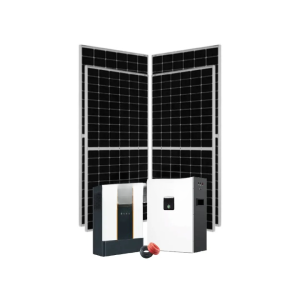
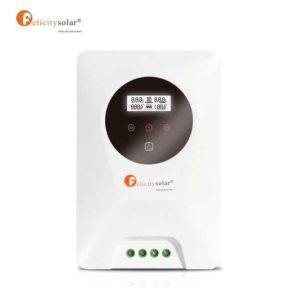
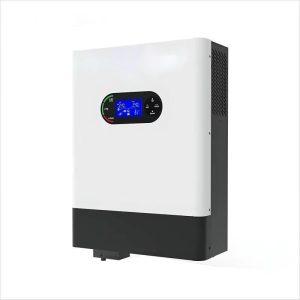
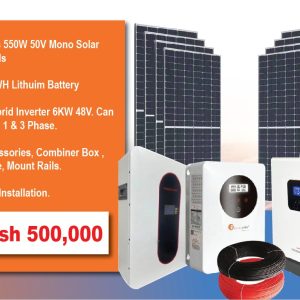
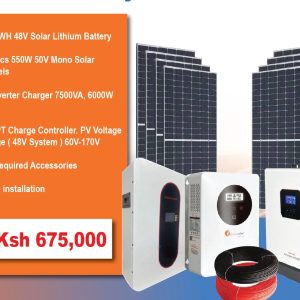
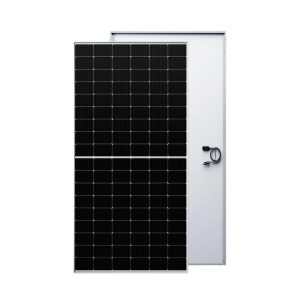
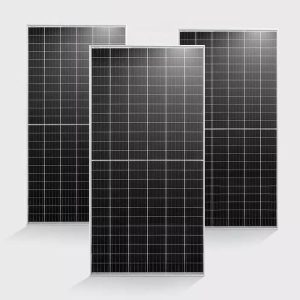
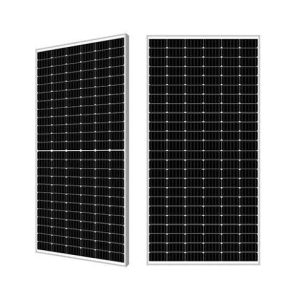
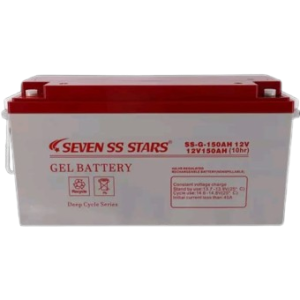

One comment
Pingback:
HOW DO SOLAR PANELS WORK IN KENYA? - Moffam Electricals